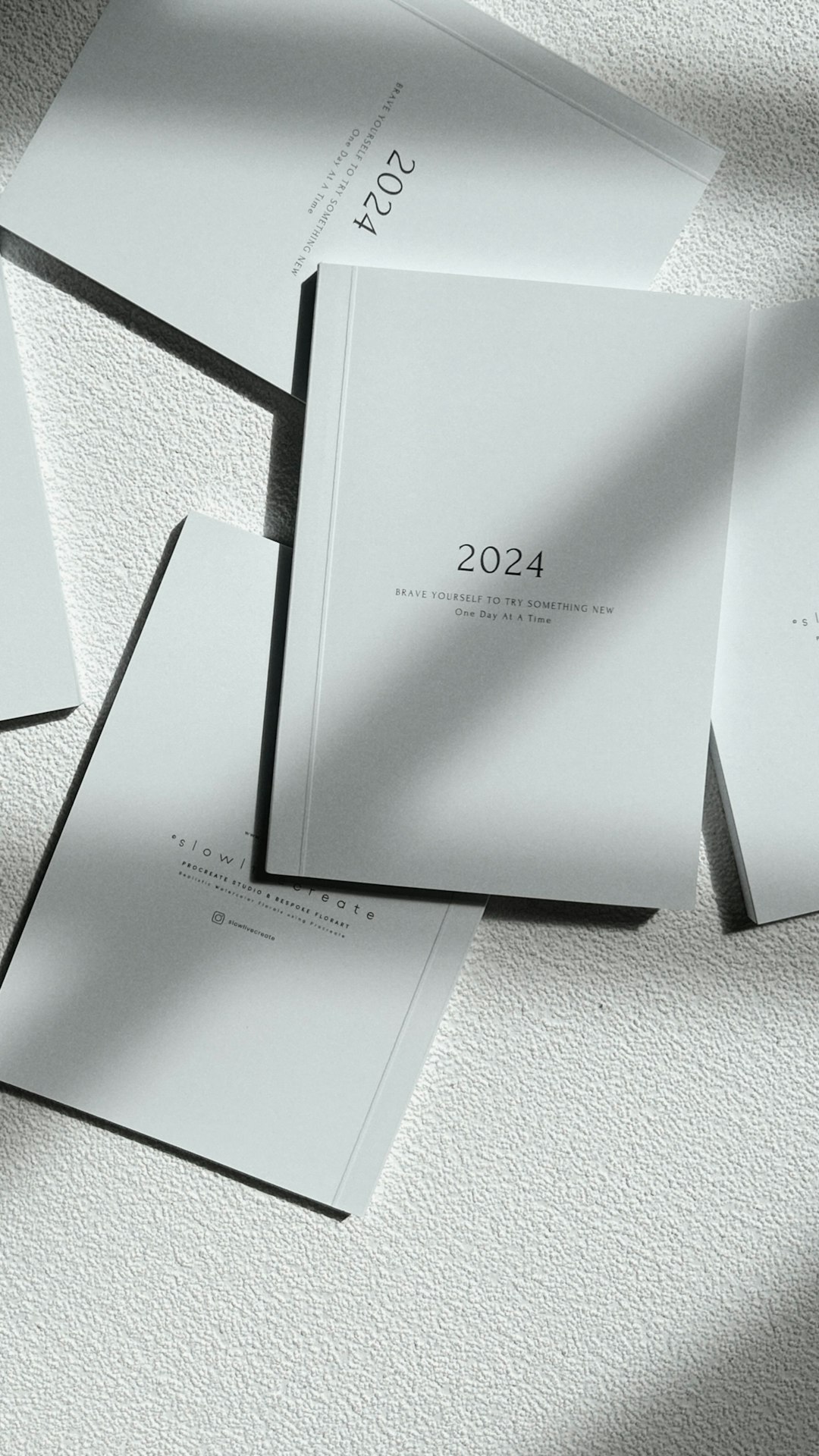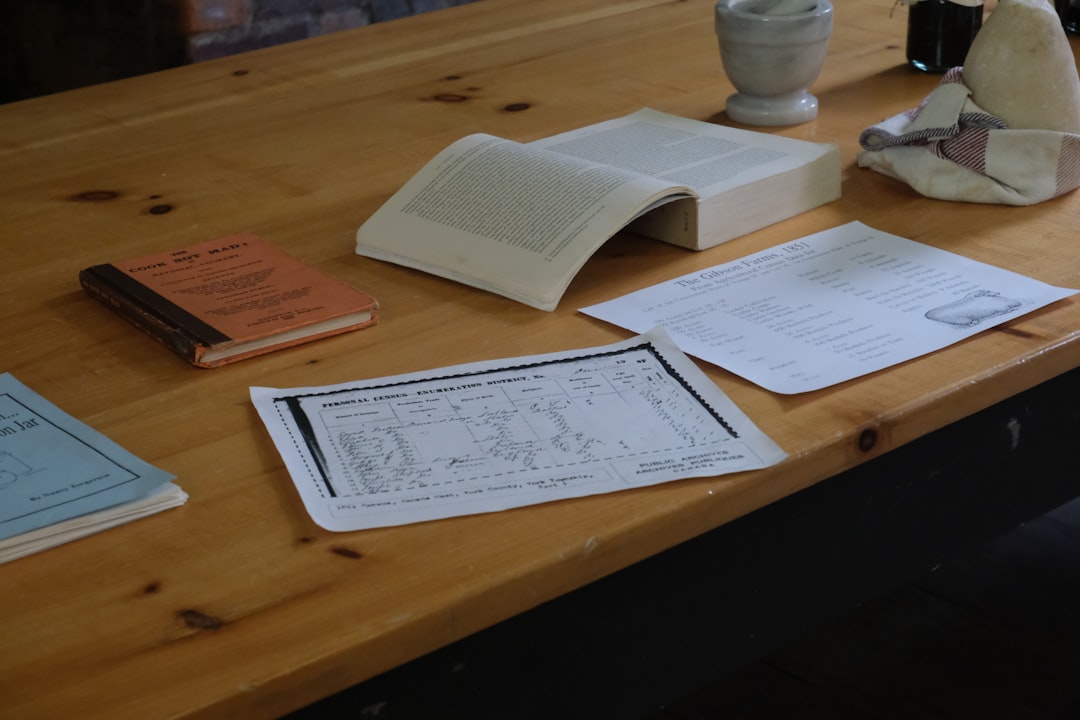When designing and printing a double-sided brochure, the type of paper you choose plays a crucial role in the final product’s quality, feel, and durability. Since both sides of the paper are used, careful consideration must be given to the paper’s weight to ensure the print does not show through and maintains a professional appearance. Understanding the different paper weight options available can help you make the ideal choice for your project.
Understanding Paper Weight
Paper weight is commonly measured in either pounds (lb) or grams per square meter (gsm). While U.S. printers often use pounds, gsm is a more standardized measurement worldwide. Generally, a higher gsm or lb number signifies a thicker and heavier paper. However, different paper types (like text vs. cover stock) affect how weight is interpreted.
For double-sided brochures, the goal is to strike a balance between quality, price, and practicality. A heavier paper reduces transparency and improves durability but may increase costs and shipping weight.
Standard Paper Weight Options for Double-Sided Brochures
Here are the most commonly used paper weights for printing double-sided brochures:
- 70 lb Text / 104 gsm: This is a lightweight option typically used for mass-produced brochures that require affordability. Although suitable for double-sided printing, it may show some ink through on the opposite side, especially if dark colors are used.
- 80 lb Text / 118 gsm: Slightly heavier than 70 lb text, this type offers improved opacity and print quality. It’s good for standard marketing materials where cost and professionalism are both considerations.
- 100 lb Text / 148 gsm: This is a premium paper choice for brochures. It offers great opacity and is less likely to let ink show through. It’s a balanced option for businesses looking to present a polished, high-end image.
- 80 lb Cover / 216 gsm: This paper is much thicker and sturdier than text weights, ideal for brochures that need to feel substantial. It resembles a thin card stock and is excellent for durability and color richness.
- 100 lb Cover / 271 gsm: A thick, card-like paper that provides a strong, substantial feel. Often used when the brochure functions more like a presentation or product guide, this weight conveys luxury and permanence.

Gloss, Matte, or Uncoated?
Besides weight, the finish of the paper also significantly impacts the appearance and tactile experience of your brochure.
- Gloss Finish: Improves color vibrancy and sharpness, making it a popular choice for image-heavy brochures. However, it can be prone to glare under light and is less ideal for brochures with a lot of text.
- Matte Finish: Provides a smooth, glare-free surface that’s easier to read. Ideal for brochures with more text or a subdued professional look.
- Uncoated Paper: Has a natural feel and is easy to write on, but lacks the visual impact of coated papers. Used for informational brochures or handouts where printability is more important than visual polish.
Choosing the Right Weight for Your Needs
Consider the following factors when selecting the right paper weight:
- Purpose: Is it an informational handout, a premium brand presentation, or a direct mail piece?
- Handling: Is the brochure going to be folded multiple times or handled frequently?
- Design: Are you using heavy ink coverage or full-bleed imagery? Heavier weights handle these better.
- Budget: Heavier and coated papers cost more; weigh the cost against the value they add to your presentation.

Professional Recommendation
For most businesses producing double-sided brochures, the 100 lb text paper with a matte or gloss finish is the best all-around choice. It provides excellent print quality, sufficient opacity, and a professional feel without the stiffness of card stock. If a more premium presentation is desired, upgrading to 80 lb or 100 lb cover can elevate the perceived value of the brochure significantly.
Conclusion
Not all paper weights are created equal, and the wrong choice can impact how your message is received. Evaluate the specific needs of your project, including usage, design, and budget, to select a paper that enhances rather than detracts from your content. A well-chosen paper weight ensures your double-sided brochure leaves a strong, lasting impression of quality and professionalism.


